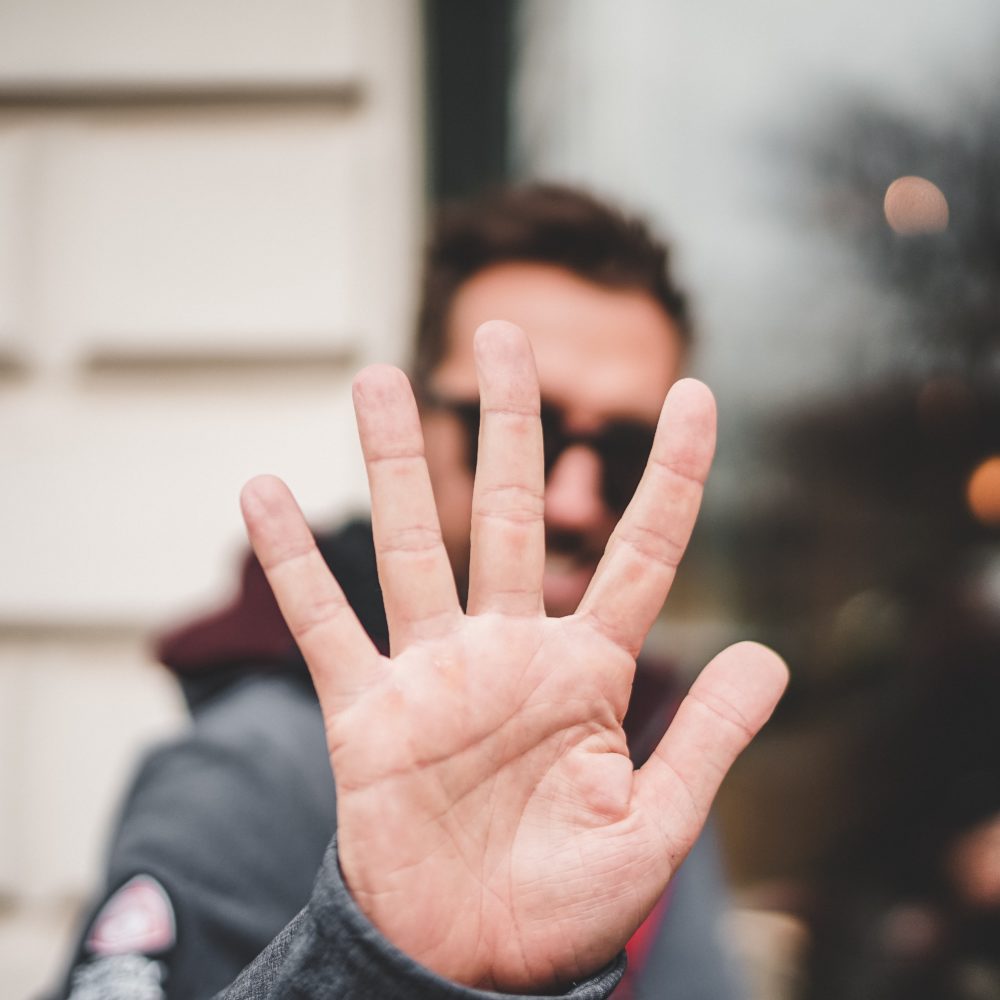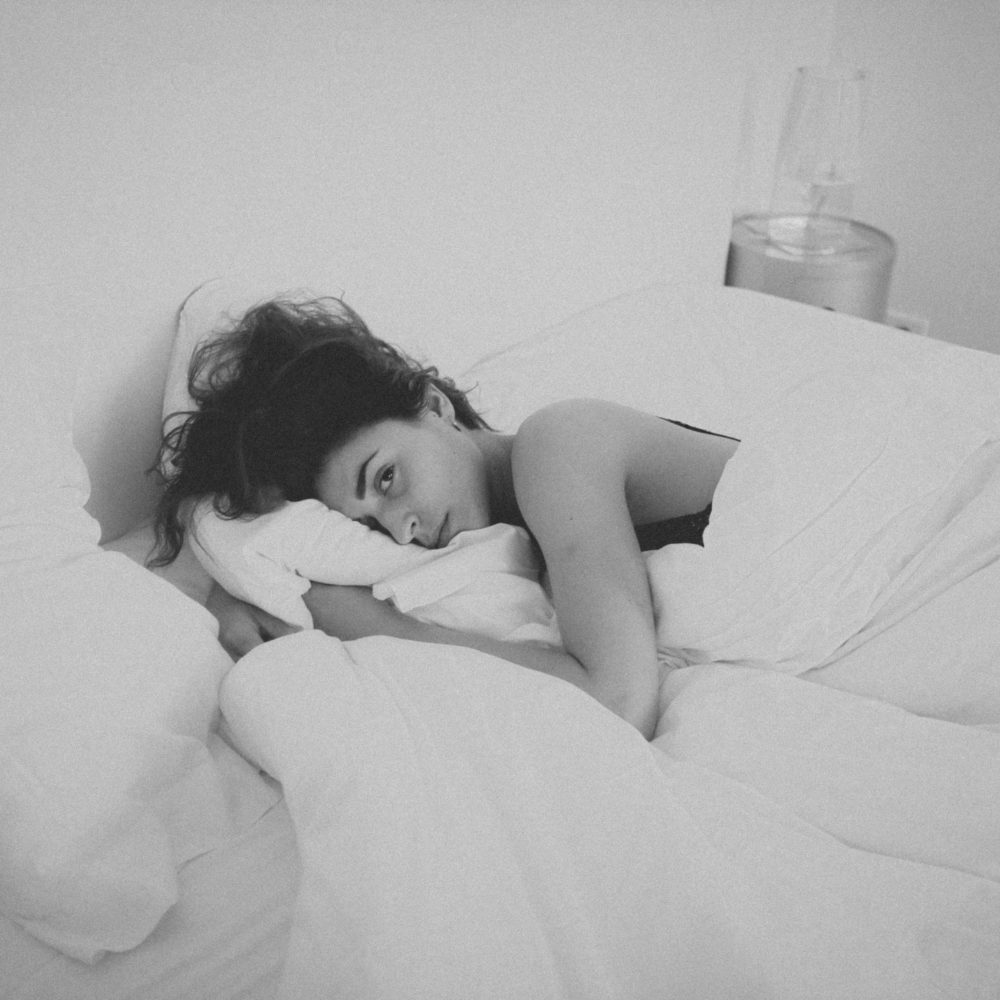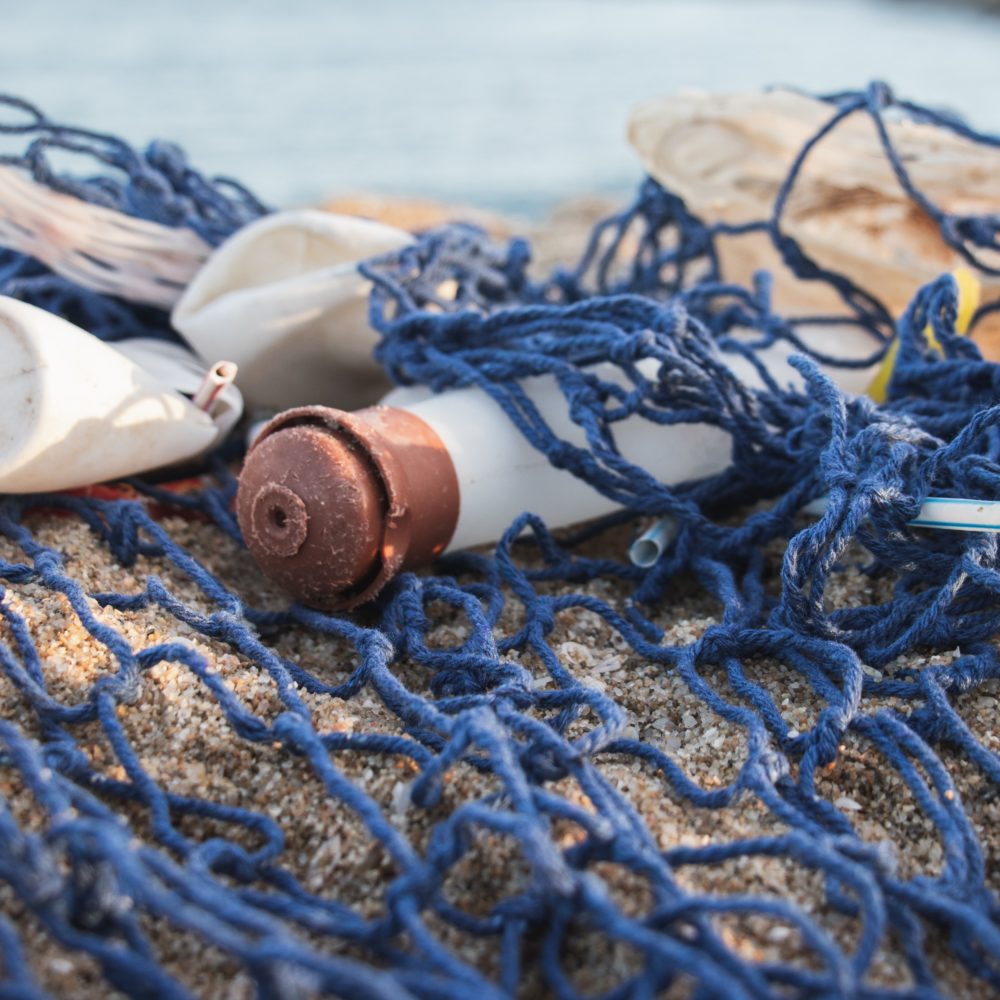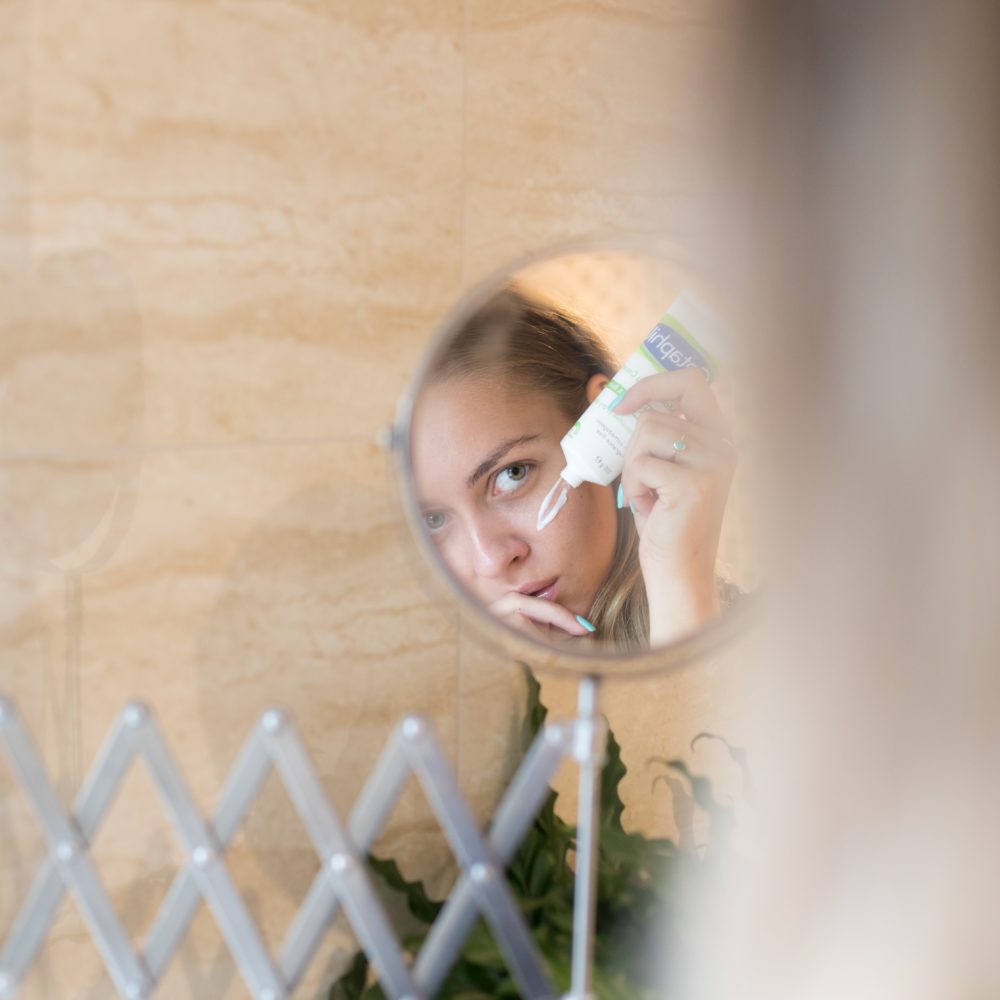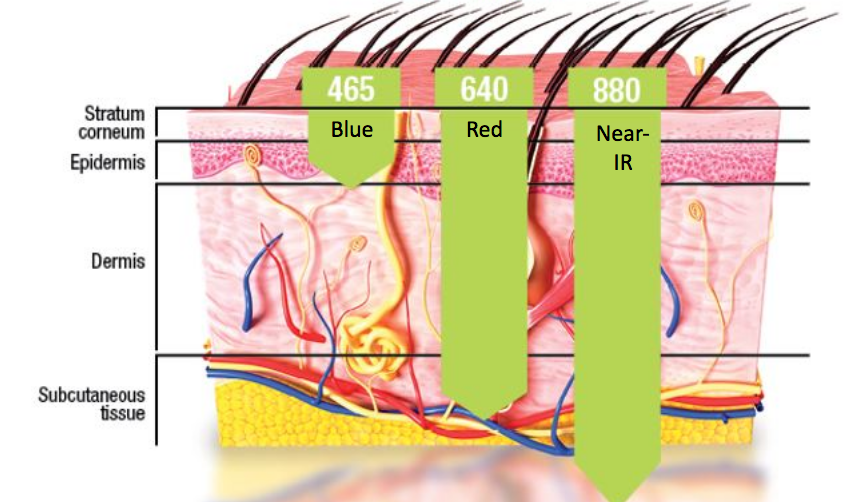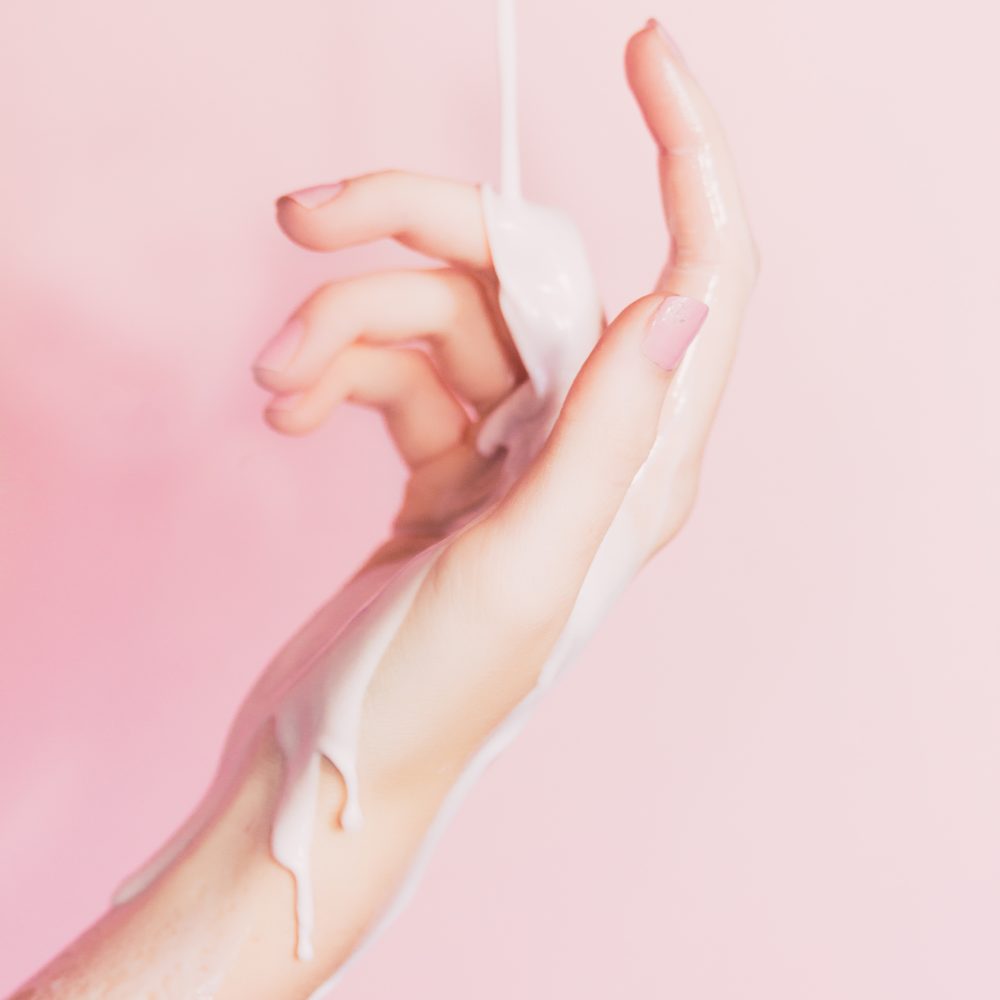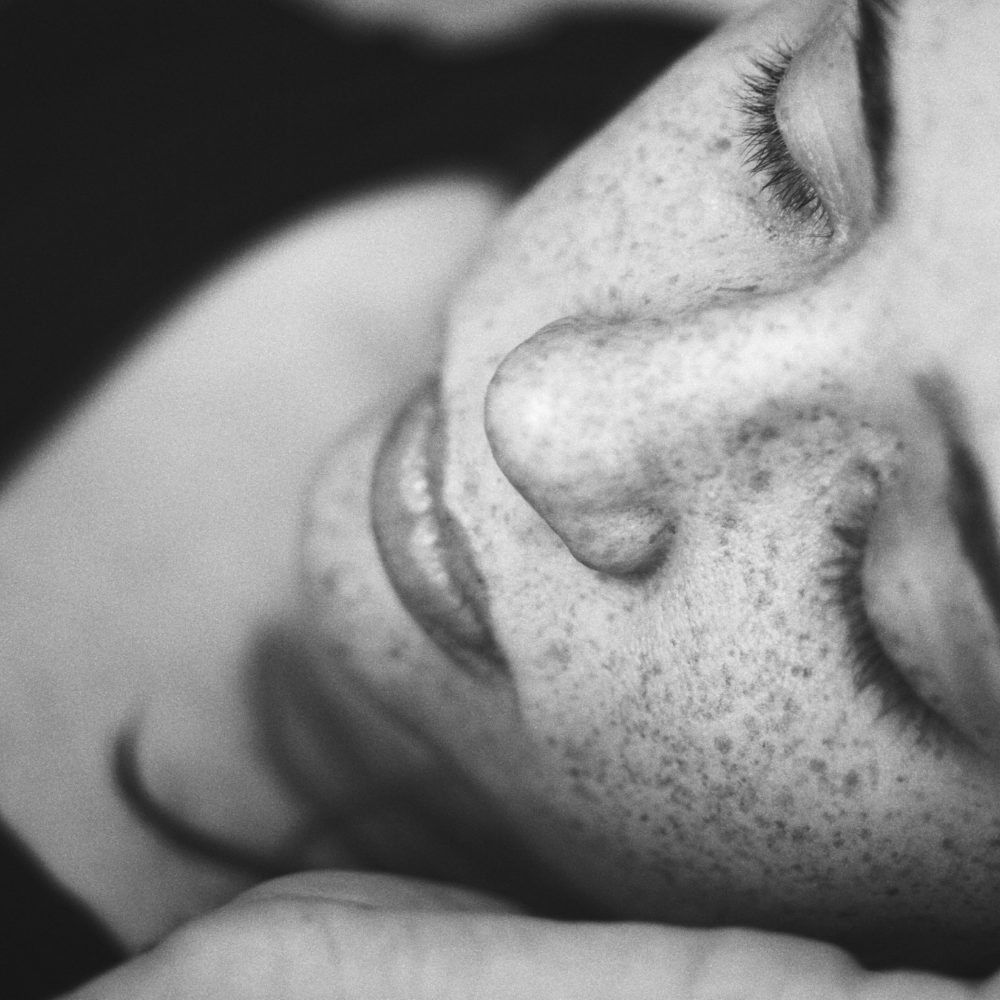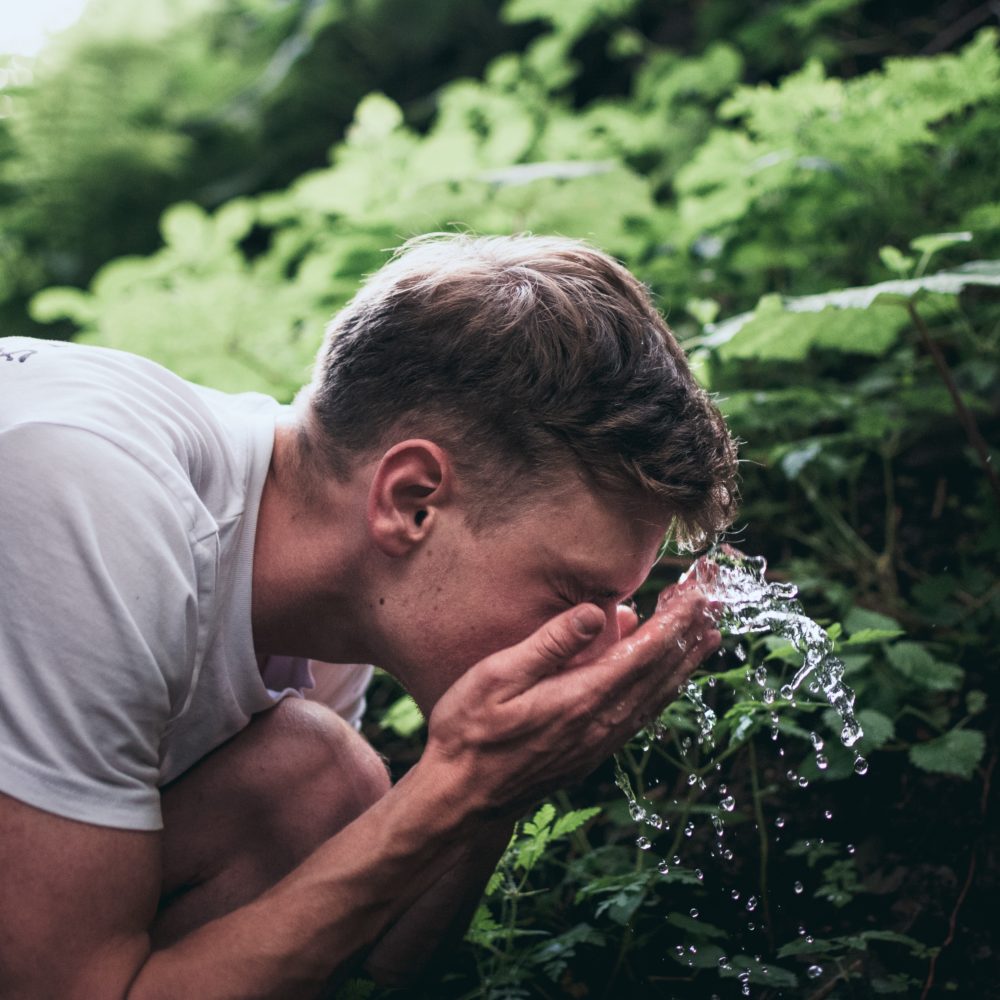ONE: Clean your face morning and night. Find a cleansing routine that works for your skin type and do it twice a day. Don’t sleep with a dirty face!
TWO: Wear SPF every day. This is no joke. Use a physical SPF year round, no matter the climate. All the fancy night creams won’t save your skin if you don’t use daily SPF.
THREE: Use an antioxidant during the day. Antioxidants reduce inflammation, boost the effectiveness of your SPF, and fight free radical damage. Use an antioxidant serum or lotion under your SPF every day.
FOUR: Use retinol at night. Retinol comes in many strengths and formulas, find one that works for you. It will keep acne and wrinkles at bay.
FIVE: Drink water. Drink half your body weight in ounces every day, more if you have caffeine or alcohol. No skin care product or makeup can help if your system is dehydrated.
The term “anti-aging” conjures thoughts of expensive creams and invasive procedures. The sum of your daily routine also has a profound affect on how you age. Commit to a consistent, daily routine for your best skin now and in the future.


